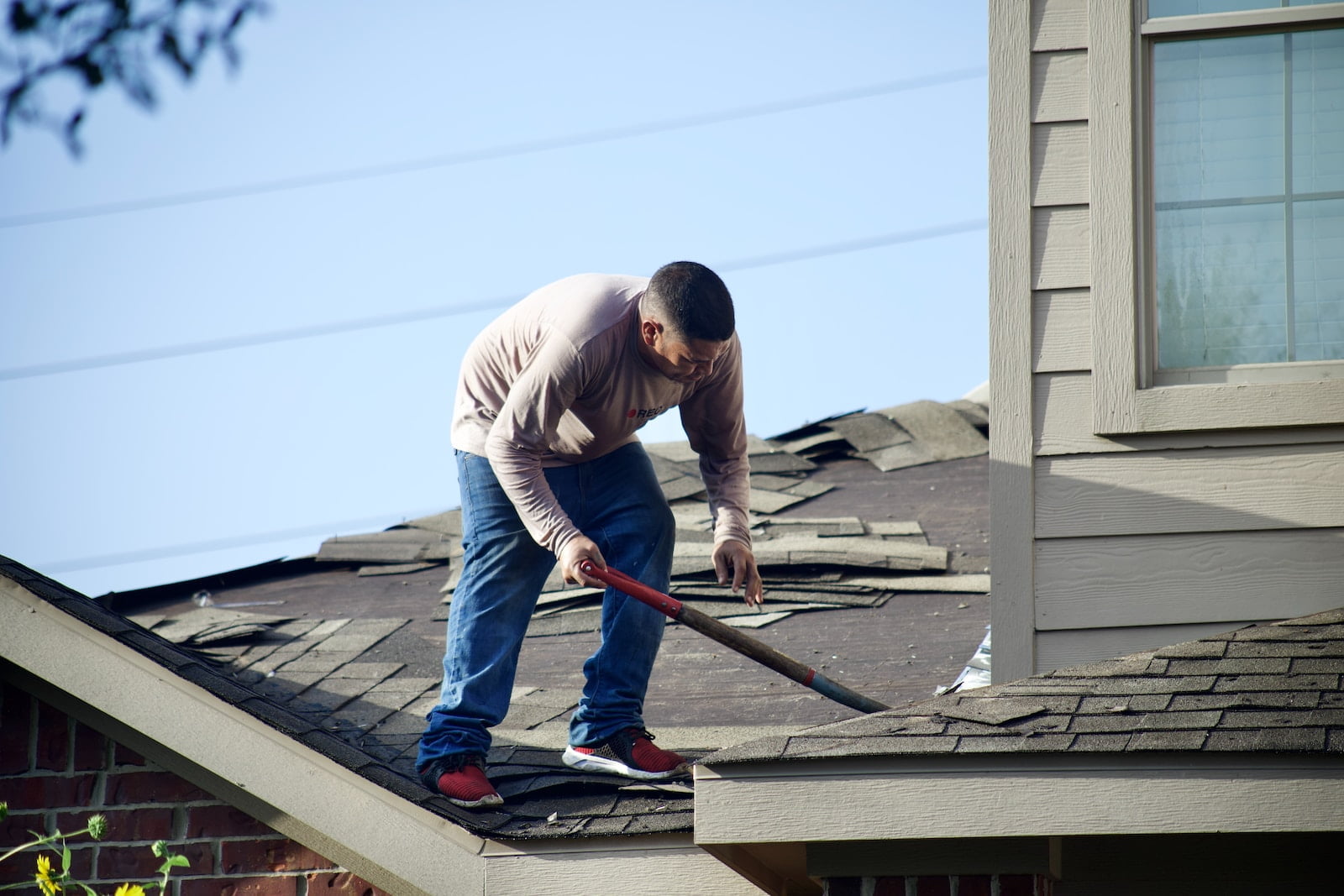Sustainable Roofs for Your Home and Environment
Are living roofs a good idea? The answer is yes, and for many reasons. Sustainable roofs, also known as green roofs or living roofs, are becoming increasingly popular due to their numerous benefits for both homeowners and the environment. These roofs are designed to incorporate vegetation, soil, and drainage layers that provide insulation, reduce stormwater runoff, and improve air quality. In this article, we will explore the benefits of sustainable roofs and how they can be a smart investment for your home and the planet.
Types of Sustainable Roofs: Living Roofs, Green Roofs, Solar Roofs, and More
Another type of sustainable roof is the cool roof. Cool roofs are designed to reflect sunlight and absorb less heat than traditional roofs, which can help reduce energy costs by keeping buildings cooler in the summer. These roofs are typically made of light-colored materials, such as white or light gray, and can be made of a variety of materials, including metal, asphalt, and tile. Another benefit of cool roofs is that they can help reduce the urban heat island effect, which is when cities become significantly warmer than rural areas due to the absorption of heat by buildings and pavement.
Another type of sustainable roof is the blue roof, which is designed to capture and store rainwater for reuse. These roofs are typically flat and covered in a waterproof membrane, with a series of drains and pipes that collect rainwater and direct it to a storage tank or cistern. The stored water can then be used for irrigation, flushing toilets, or other non-potable uses. Blue roofs can help reduce stormwater runoff, which can help prevent flooding and erosion, and can also help conserve water resources.
Finally, there are hybrid roofs, which combine multiple types of sustainable roofing systems to maximize their benefits. For example, a hybrid roof might incorporate a green roof with solar panels, or a cool roof with a blue roof. By combining different systems, hybrid roofs can provide a range of benefits, from reducing energy costs to conserving water to improving air quality.
Pros of Installing a Living Roof
One of the biggest advantages of installing a living roof is the environmental benefits. Living roofs absorb rainwater, which reduces the amount of runoff and helps prevent flooding. They also improve air quality by absorbing carbon dioxide and releasing oxygen. Living roofs also provide insulation, which can help reduce energy costs and improve the overall energy efficiency of a building. Additionally, they can create a habitat for wildlife, such as birds and insects, which can help promote biodiversity in urban areas.
Cons of Installing a Living Roof
While there are many benefits to installing a living roof, there are also some potential drawbacks to consider. One of the main concerns is the cost. Living roofs can be more expensive to install than traditional roofs, and they may require more maintenance over time. Additionally, living roofs can be heavy, which may require additional structural support for the building. Finally, there is a risk of leaks or water damage if the living roof is not installed properly or if it is not maintained regularly.
Tips for Maintaining Sustainable Roofs
Once you have installed a sustainable roof, it is important to maintain it properly to ensure its longevity and performance. Here are some tips for maintaining sustainable roofs:
Regular Inspections: Schedule regular inspections to identify any issues with the roof. This can include checking for leaks, damage to the roof membrane, and clogged drains. Early detection of problems can prevent costly repairs down the line.
Clean Debris: Remove any debris from the roof, including leaves, branches, and other debris that can accumulate over time. Debris can clog drains and cause water to pool on the roof, leading to leaks and other damage.
Trim Trees: If there are trees near the roof, trim them regularly to prevent branches from falling on the roof and damaging the membrane. Trees can also drop leaves and other debris on the roof, so keeping them trimmed can help prevent this.
Check for Damage: After severe weather events, such as storms or heavy winds, check the roof for any damage. Look for cracks, punctures, or other signs of damage that could lead to leaks or other problems.
Professional Maintenance: Consider hiring a professional roofing contractor to perform regular maintenance on the roof. They can identify and address any issues before they become major problems, and can also provide guidance on how to properly maintain the roof over time.
By following these tips and best practices, you can help ensure that your sustainable roof remains in good condition and provides long-lasting performance.
Conclusion: Choosing the Right Sustainable Roof for Your Home and Making a Positive Impact on the Environment
In conclusion, choosing the right sustainable roof for your home is an important decision that can have a significant impact on the environment. By selecting a roof that is energy-efficient, durable, and made from eco-friendly materials, you can reduce your carbon footprint and contribute to a healthier planet. There are many options available, including green roofs, solar roofs, and metal roofs, each with their own unique benefits and considerations. It’s important to do your research, consult with experts, and weigh the costs and benefits before making a final decision. With the right sustainable roof, you can not only protect your home and save money on energy bills, but also make a positive impact on the environment for years to come. So don’t wait any longer, start exploring your options today and take a step towards a more sustainable future.

